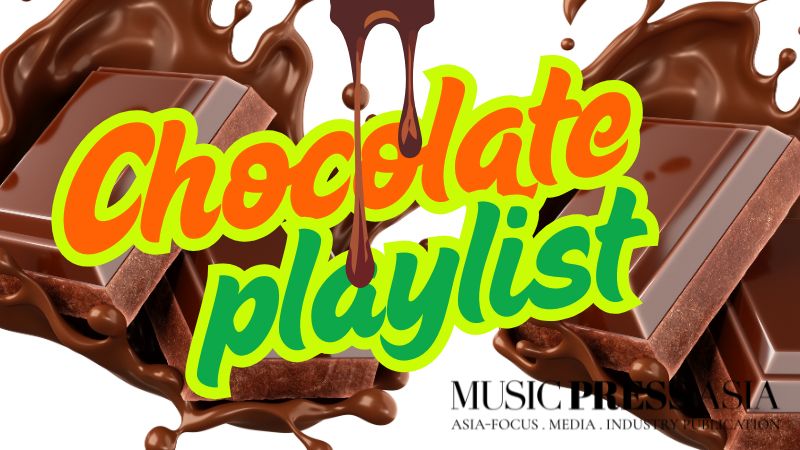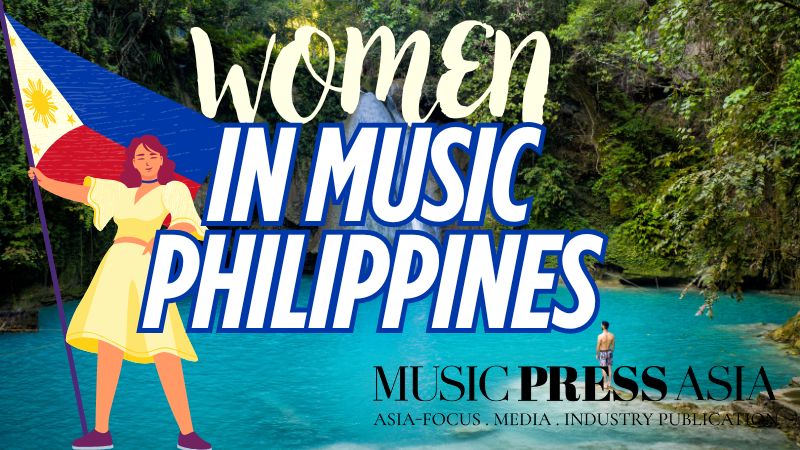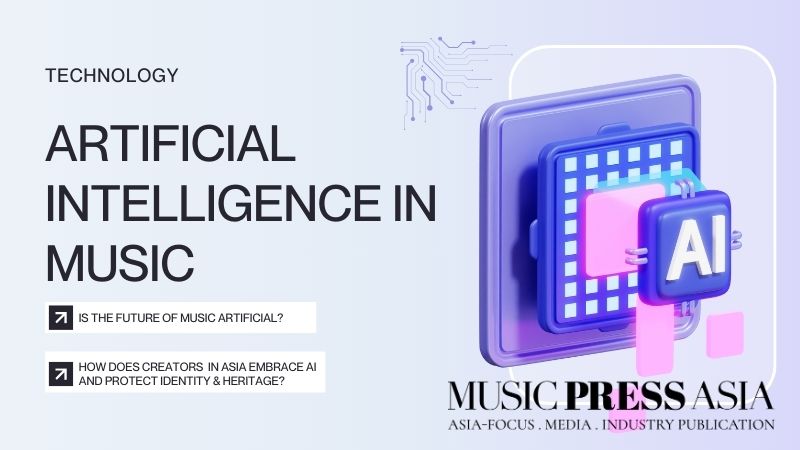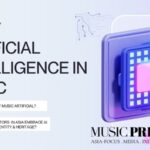The Rise of Hyperpop and Experimental Genres: How Gen Z and Millennials Are Redefining Mainstream Music
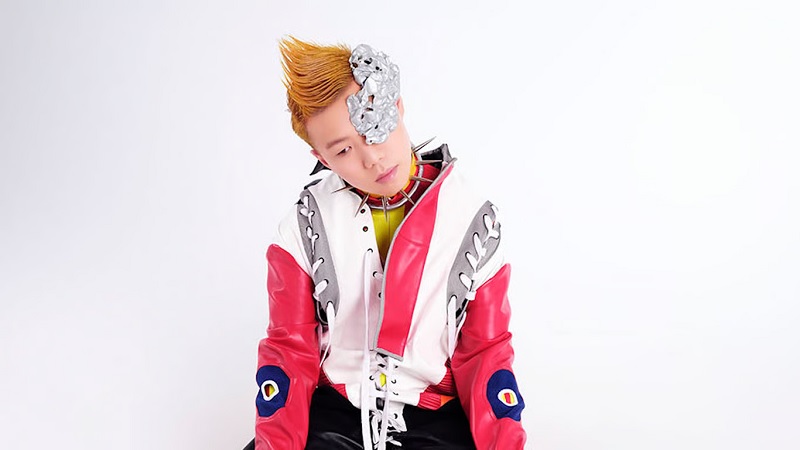
In the ever-evolving landscape of popular music, genres are continuously shifting, merging, and expanding beyond conventional boundaries. Among the most exciting developments in recent years is the rise of hyperpop and various experimental genres—sonic movements driven largely by Gen Z and millennials who are reshaping what mainstream music sounds like.
These generations, deeply embedded in the digital age, are rejecting traditional formulas in favor of innovative, boundary-pushing sounds that challenge norms, embrace excess, and celebrate artistic freedom.
But how did it all start?
“I remember specifically when it started getting described as hyperpop. A very, very sweet lady by the name of Lizzy Szabo created a playlist on Spotify and she put a lot of mine and my peers’ music on it… And I guess everybody just flocked to it and just started calling it that,” said Ericdoa, Hyperpop musician
Defining Hyperpop and Experimental Sounds
Hyperpop has evolved into a loosely defined genre rather than a strictly categorized movement. While it has roots in PC Music, a London-based label founded by A.G. Cook in the early 2010s, the genre has since expanded into a broad, fluid space that resists rigid classification.

Hyperpop is a genre that thrives on extremes. Characterized by distorted beats, high-pitched vocals, glitchy production, and an intoxicating mix of pop, electronic, and hip-hop influences, it dismantles musical conventions while amplifying the most exaggerated elements of pop music.
Artists such as SOPHIE, 100 gecs, and Charli XCX have spearheaded hyperpop’s rise, inspiring a wave of young musicians to experiment with surreal and chaotic soundscapes. Meanwhile, experimental genres—from avant-garde electronica to genre-blurring indie and underground rap—are similarly thriving.

However, as the term gained popularity—especially after Spotify introduced a “Hyperpop” playlist in 2019—it became more of an umbrella term encompassing various experimental and internet-driven music styles.
These artists focus on unconventional production techniques, immersive sound design, and unexpected influences, embracing an anything-goes approach to music-making.
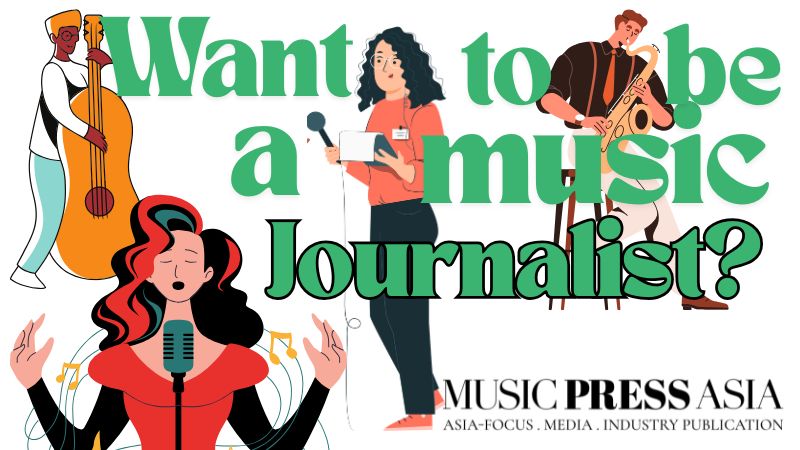
The Role of Gen Z and Millennials
Both Gen Z and millennials have played a pivotal role in hyperpop’s ascendance. Raised on an internet-driven diet of instant access to music, viral moments, and digital subcultures, these generations have absorbed a wide array of influences and filtered them through their own creative lenses.
Hyperpop’s ethos aligns with their appreciation for irony, maximalism, and digital aesthetics—flipping mainstream sounds into chaotic, futuristic productions that feel at once familiar and alien.
“It feels as though anyone pushing the boundaries in electronic pop right now is being labeled ‘hyperpop’… I imagine it can be frustrating for people who feel like they’re being put into a box, and one that’s specifically being curated by corporate hands since ‘hyperpop’ is a Spotify-coined term,” said twst (London-based artist)
Social media and streaming platforms have also democratized music creation, allowing underground artists to gain traction without relying on traditional industry gatekeepers. Platforms like SoundCloud, TikTok, and Spotify have fostered a space where hyperpop and experimental musicians can flourish organically, building niche communities that challenge mainstream expectations.
Many artists associated with hyperpop have rejected the label, arguing that it oversimplifies their work and reduces a diverse movement into a singular category.
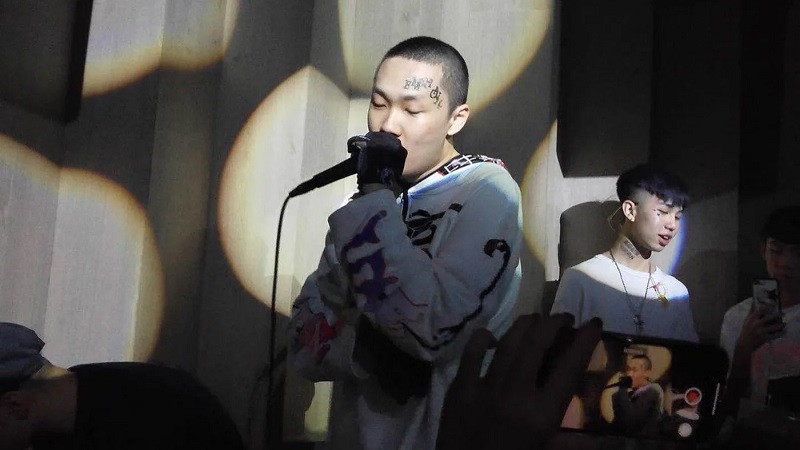
Some musicians prefer terms like digicore or glitchcore, which highlight the digital and chaotic nature of their sound.
Whether it remains a distinct movement or dissolves into broader experimental pop trends, its influence on modern music is undeniable.
The Rejection of Traditional Music Norms
A defining trait of hyperpop and experimental music is its rejection of rigid musical norms. Where past generations adhered to polished production techniques and industry-driven expectations, younger artists embrace raw, distorted, and playful sounds that prioritize self-expression over commercial appeal.

Themes of identity, queerness, digital culture, and social commentary often intertwine within hyperpop, making it a genre that speaks directly to the experiences of modern youth.
Moreover, mainstream pop’s fixation on perfection—smooth vocals, formulaic structures, radio-friendly production—has begun to feel stale for many young listeners. Hyperpop subverts these conventions by exaggerating them to the point of parody or abstraction, making the familiar feel refreshingly chaotic.
The Future of Mainstream Music
As hyperpop and experimental genres continue to gain traction, the definition of mainstream music is evolving. More established artists are incorporating hyperpop-inspired elements into their work, blending avant-garde production techniques with pop accessibility.
Additionally, the DIY spirit of these genres suggests that the future of music will be increasingly independent, genre-fluid, and artist-driven.
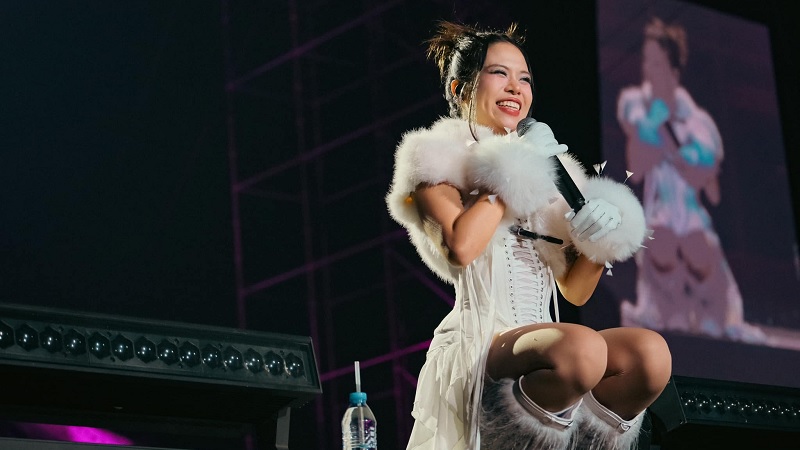
Gen Z and millennials are proving that the rules of pop music are not set in stone. In their hands, mainstream music is not just a product—it’s a playground for reinvention, experimentation, and unapologetic self-expression.
Whether hyperpop remains a niche movement or fully integrates into pop’s DNA, one thing is certain: the future of music will continue to be shaped by those who refuse to conform.
Editor’s Choice of Hyperpop Music
- Alextbh (Malaysia) – A queer artist blending hyperpop and electronic R&B, known for his genre-fluid approach.
- NIKI (Indonesia) – While more aligned with indie and R&B, NIKI incorporates experimental electronic elements that resonate with hyperpop aesthetics.
- MILLI (Thailand) – A bold rapper and experimental artist who infuses hyperpop-like production into her music.
- Regina Song (Singapore) – A rising Gen Z artist whose digital-native pop sound aligns with hyperpop’s futuristic vibe.
China
- Capper – A rising hyperpop artist blending electronic and rap influences.
- Drogas – Known for glitchy, high-energy productions.
- Bloodz Boi – A unique voice in Chinese hyperpop, often collaborating with international artists.
- Jiafeng – A standout in China’s underground hyperpop scene, pushing sonic boundaries. Jiafeng’s project, in many respects, represents the inevitable fusion of gaming and the arts—a convergence that has gained significant momentum in China in recent years.
Vietnam
- Bixby – A Vietnamese artist known for hyperpop-infused electronic music.
- Tlinh – While more aligned with R&B, she incorporates experimental electronic elements.
- AMEE – A pop artist who has dabbled in hyperpop-inspired production.
Philippines
- Ena Mori – A Japanese-Filipino artist blending hyperpop with art pop and electronic influences.
- fussy – A Filipino-Latina hyperpop artist known for bold, glitchy productions.
Japan
- 4s4ki – A hyperpop artist blending J-pop with futuristic electronic sounds.
- STARKIDS – A collective pushing hyperpop’s boundaries in Japan.
- Kabanagu – Known for experimental hyperpop with a unique Japanese twist.
- PAS TASTA – A standout in Japan’s hyperpop scene, merging digital aesthetics with high-energy beats.
These artists are redefining pop music with their innovative, genre-blurring sounds. If you’re looking for more, diving into underground scenes and independent labels in these regions will uncover even more gems!

